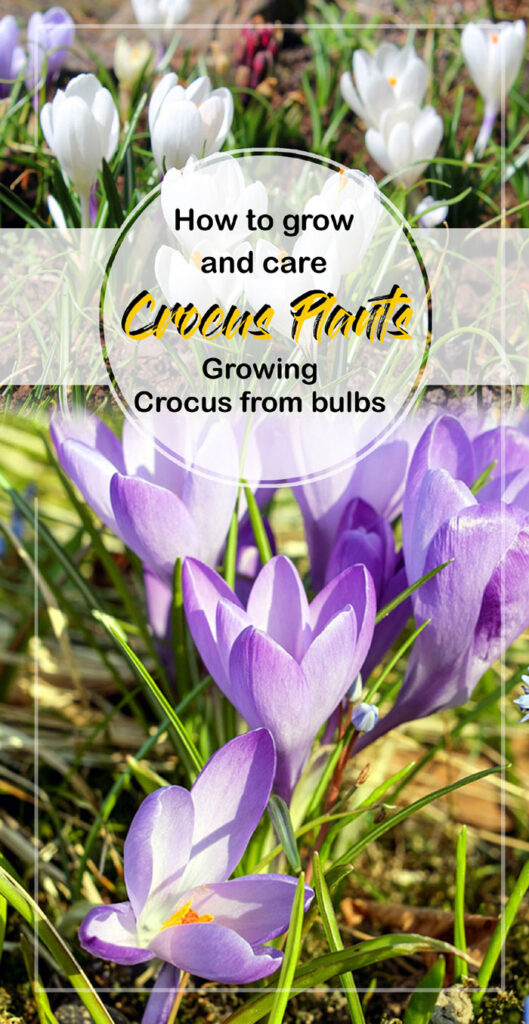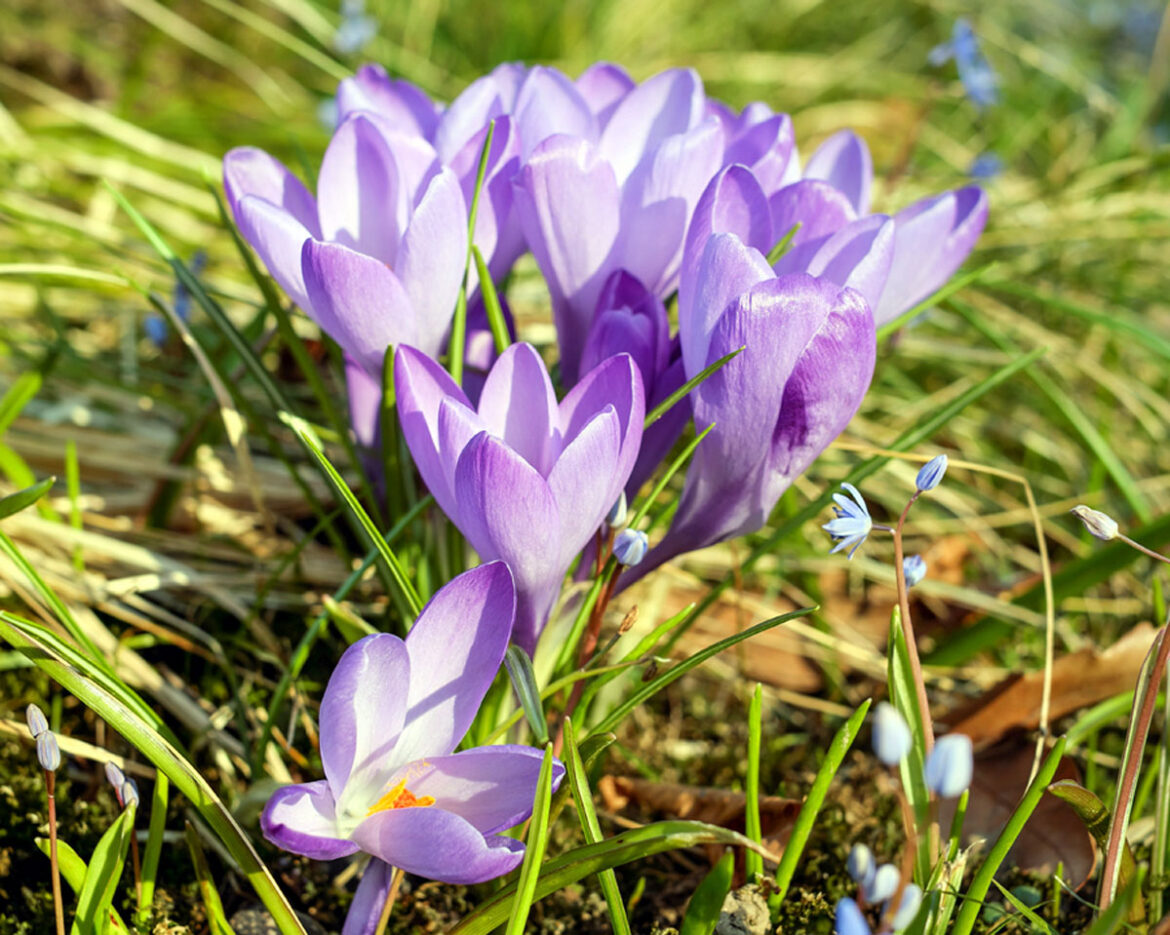Crocus Plant
There are around 100 species of perennial crocus plants in the family Iridaceae (iris family). Plants with relatively large white, yellow, orange, or purple flowers that remain underground after flowering and then become dormant before they become dormant. Crocuses grow in woodlands, scrubland, and meadows everywhere from the Mediterranean to Xinjiang in western China, as well as in North Africa, central and southern Europe, and the Aegean islands. It has three stamens, three united carpels, and a loculicidal capsule fruit with an inferior ovary, three locules, and three locules.
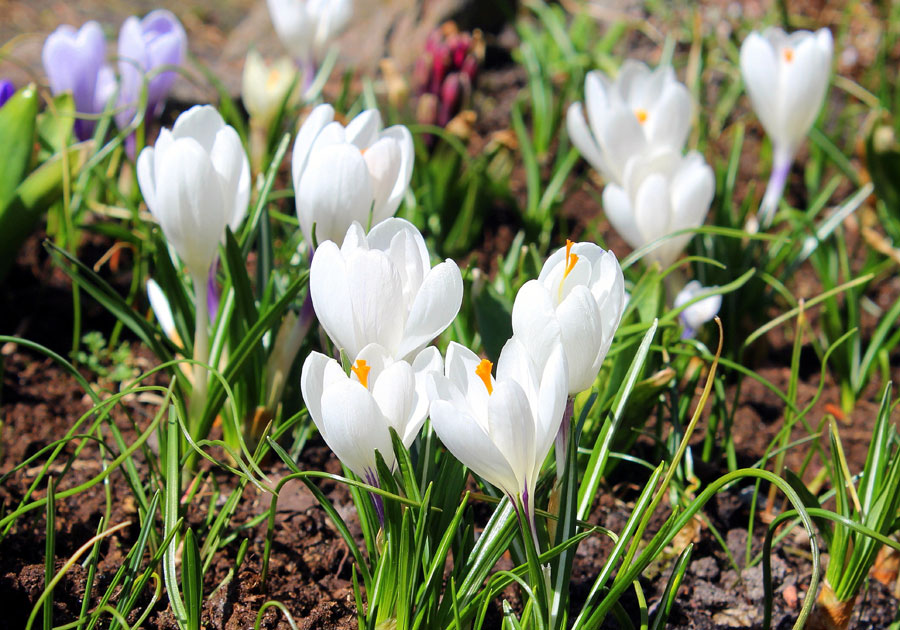
Classification Crocus Plant
Scientific Name Crocus
Common Name Crocus Plant
Plant Type Flowering plant
Sun Full Sun and part sun
Soil Poor soil, well-drained
Soil pH 6.0 -7.0
Flower Color Orange, Purple, Yellow, Blue, Pink, White
Bloom time Spring, winter
Zone 3-8 (USDA)
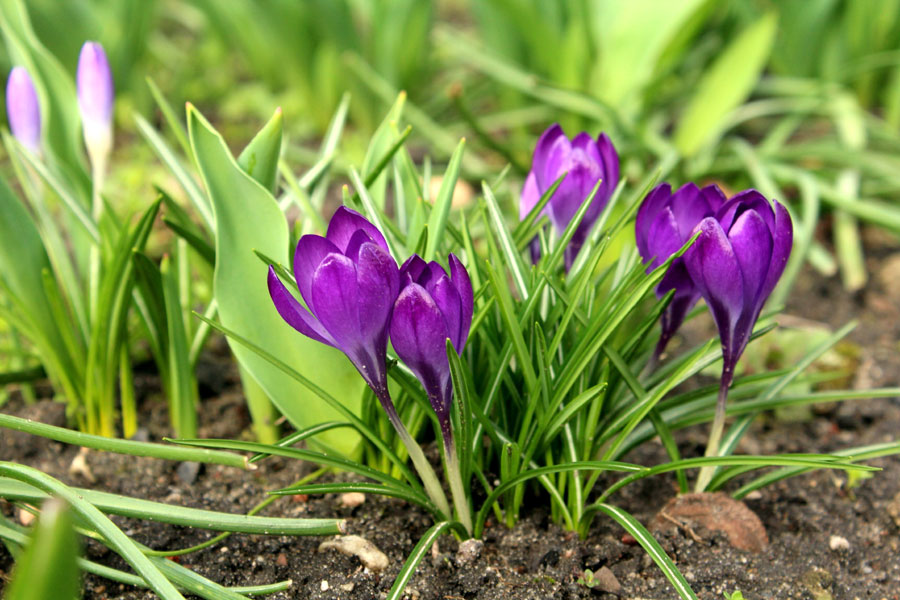
How to Grow and Care for Crocus Plants
Crocus can be propagated either from seed or from daughter cormels that develop from the corm and eventually produce mature plants. The ideal time to plant crocus corms in the fall is six to eight weeks before a hard frost is expected. Plants like crocuses require little maintenance.
Growing from Seeds
Sowing crocus seeds into a cold frame should be done at a depth of 3 mm (1/8 inch), and then they should grow for 2 years before being transferred to their final location. The flowering time of crocus plants grows to about four years when grown from seeds. Approximately 5 cm apart should be the spacing between the crocuses in their final location. Ensure that the garden has good drainage and that it’s in a sunny area.
Growing from Bulbs
As soon as the first frost occurs in the fall, the bulbs must be dug up for division. The best way to design your garden is to sort your bulbs by size and color. Flowers may not appear for a year or more after small offshoot bulbs are planted. Ensure that the location receives plenty of sunlight. Make holes 3 to 4 inches apart in the soil at the proposed site by turning it over to a depth of 4 inches. Tipping the offsets or bulbils into the hole 2 to 3 inches deep will give them a better hold. Shallower planting depths are recommended for smaller bulbs. Add organic mulch to the planting area and water it thoroughly.
Sunlight
Crocuses can grow in full sunlight and more than six hours of direct sunlight are the best conditions for growing crocuses, but they can grow in partial sunlight as well. It is suitable for planting bulbs during the summer in areas that may be shaded since the bulbs mature before most trees and shrubs leaf out. Provide crocus with four to six hours of sunlight every day when growing them indoors.
Soil
Their ideal soil pH ranges from 6 to 7, and they can tolerate a wide range of soil types. Pick a well-draining planting area. A soggy, compacted surface will cause the corms to rot. Crocuses will grow in virtually any soil as long as it is sandy, well-drained, and has moderate levels of organic matter.
Watering
Since crocuses have deep roots, they don’t require water all year long. Rainy seasons are ideal for blooming, and they do not require additional water. In the event that the soil around the plant dries during the bloom period and there is no rain in the forecast, water about six inches deep. Make sure you maintain watering, but do not water until the surface is completely dry to the touch.
Fertilizing
The fertilizer requirements of crocuses are not high. It’s crucial not to cut back the leaves until the bulbs turn yellow, since they store their own energy in them. It is a good idea to top dress your soil with bulb food or bone meal in the fall if it has poor fertility. The corms will grow healthier in the spring if nutrient-rich bone meal and bulb fertilizer are applied in the fall.
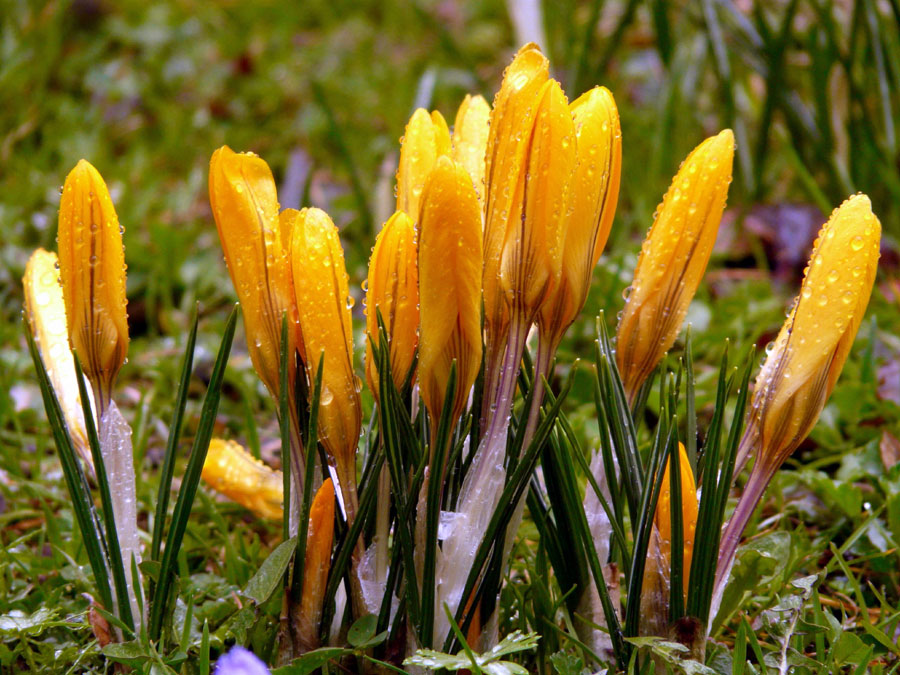
Pruning
The foliage of crocuses does not require pruning after blooming; it is simply removed after it dies off. Leaving it to die back naturally keeps it healthy for the next year, as it stores food and energy. Over two or three years, crocuses can grow to be quite large when grown in warm, sunny areas of the garden and in containers. Corms may be lifted and divided after flowering for up to six weeks. Put them in a sunny or partly shaded location as soon as possible.
Read also: How to grow Holly tree in a container. How to grow Garlic vine. Crossandra flowers in the pot. Growing Easter cactus in a container. Pok Choi growing and care tips. Growing Orchids in pots. Vinca flowers growing and care tips. Petunia flowers growing guide. Meadow saffron growing and care tips.
For pin:
